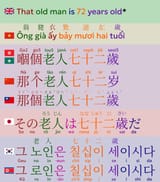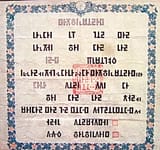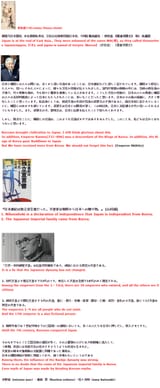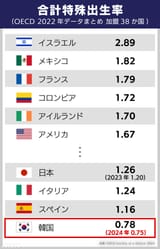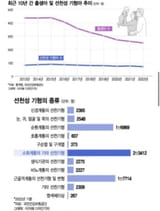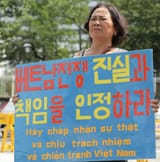>>213797064
english generally distinguishes homophones in writing despite using an alphabet. though some homographs are not homophones. two different 'that' and 'that' is a lesser-known example.
either way, a writing systems, as well as the literary language that is tied together with it, can be harder to learn than another. this is an accurate observation. though the writing itself is probably irrelevant nowadays as writing is primarily digital, easily aided and passively learnt.
>>213795029
The typical names and categories given to scripts and writing systems don't have much consistency or are misinterpreted. Calling kana syllabaries is a very loose use of the term. since it is not the case that one letter = one syllable. they are understood as syllabaries because of their origins in chinese characters, which is an actual syllabary as well as more. the korea alphabet is also a syllabary of sorts. the syllables are delineated and the alphabetical letters form larger syllabic characters.
writing itself, in complete form, seems to originate specifically in languages that have a practicable alignment of syllables and morphemes. so symbols of denoting one syllable are derived, and quickly used more generically. it's hard to reuse a symbol when it's a bunch of syllables, or is used more abstractly, evading consistent (and therefore generic) phonetic assignment. even worse if 'words' as the speakers see them, as a speaker would intuitively decide to assign a symbol to, can be multiple morphemes. though i would suggest that for a pre-literate person, the concepts word, morpheme, and even inflectional form are the same. so this might not happen.
all the original writing systems are logographic and syllabic. and that's how they are able to develop fully as well as how other writing systems can be derived from them. when you have a complete writing system, you always have a strong phonetic element to it. as chinese does.
 8/14/2025, 7:58:42 AM
No.213793570
[Report]
>>213793864
>>213794215
>>213794842
>>213795029
>>213795180
>>213797064
8/14/2025, 7:58:42 AM
No.213793570
[Report]
>>213793864
>>213794215
>>213794842
>>213795029
>>213795180
>>213797064
